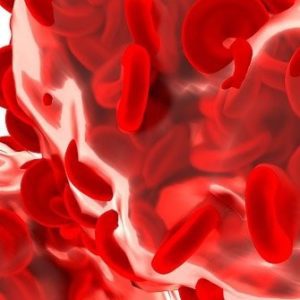Myelodysplastic Syndromes
What are myelodysplastic syndromes?
Myelodysplastic syndromes (MDS) are a group of conditions that prevent bone marrow from preventing the amount of healthy blood cells that the body needs. When we say “blood cells,” we’re talking about all three types: platelets, white blood cells, and red blood cells. MDS prevents these cells from growing into healthy, mature cells. Instead, they have very short lives or never leave the bone marrow.
MDS is a progressive disease, yet average life expectancy varies depending on the severity of the illness. Many people with mild MDS may remain stable and live for many years. However, other people might have serious symptoms that cause severe complications and a rapid decline. About 50% of the time, MDS progress to acute myeloid leukemia (AML), a form of cancer.
MDS more commonly occurs in people who are older than 60 and tends to affect men a little more frequently than women. However, people of any age can get MDS. It’s thought to affect about 25-45 out of 100,000 people who are 70 years old or older.
What causes MDS?
Scientists aren’t quite what causes most myelodysplastic syndromes. It’s believed that some people have a genetic predisposition to develop MDS when exposed to some external trigger. Some of these triggers include radiation, chemotherapy, and exposure to certain chemicals, like benzene.
There are five subtypes of MDS based on analysis of the bone marrow:
- Refractory anemia
- Refractory anemia with sideroblasts
- Refractory anemia with excess blasts
- Refractory anemia with excess blasts in transformation
- Chronic myelomonocytic leukemia
What are the symptoms of MDS?
Initially, many people with MDS don’t experience any symptoms at all. Sometimes a blood test is the first sign that there’s something wrong.
However, as the levels of blood cells in the body decrease, different symptoms start to show up:
- Anemia (low red blood cell count): If you have anemia, you’ll often experience fatigue and a lack of energy. If you have more severe anemia, you may also experience:
- heart palpitations
- shortness of breath
- chest pain
- pale skin
- Neutropenia (lack of sufficient while blood cells): This leads to an increased likelihood of getting infections, specifically of the:
- lung
- sinuses
- skin
- urinary tract
- Thrombocytopenia (low platelet count): This prevents your blood from clotting normally and makes you bruise and bleed more easily.
Where can I find more information about myelodysplastic syndromes (MDS)?
Myelodysplastic Syndromes Articles
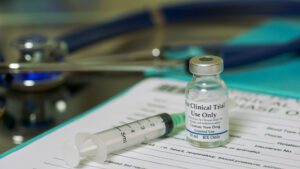
Phase 3 Trial Evaluating Magrolimab Combo for MDS Discontinued for Futility

FDA Lifts Clinical Hold on Phase 1 AML and MDS Clinical Trial

New Cell Therapy Approved by the FDA to Reduce Risk of Infection After Transplant
1st International Workshop on Myelodysplastic Syndromes Highlights
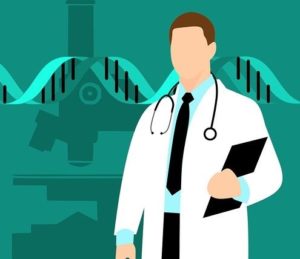
Myelodysplastic Syndromes: The FDA Grants Fast Track Designation for Eltanexor
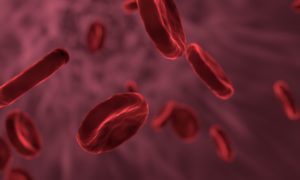
EMA Issues Positive Opinion for Orphan Designation on Tamibarotene for MDS
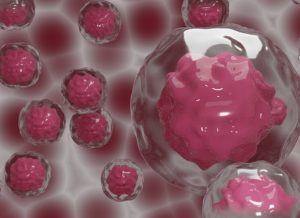
Experimental Treatment Combination Shows Efficacy in Acute Myeloid Leukemia and Myelodysplastic Syndromes
